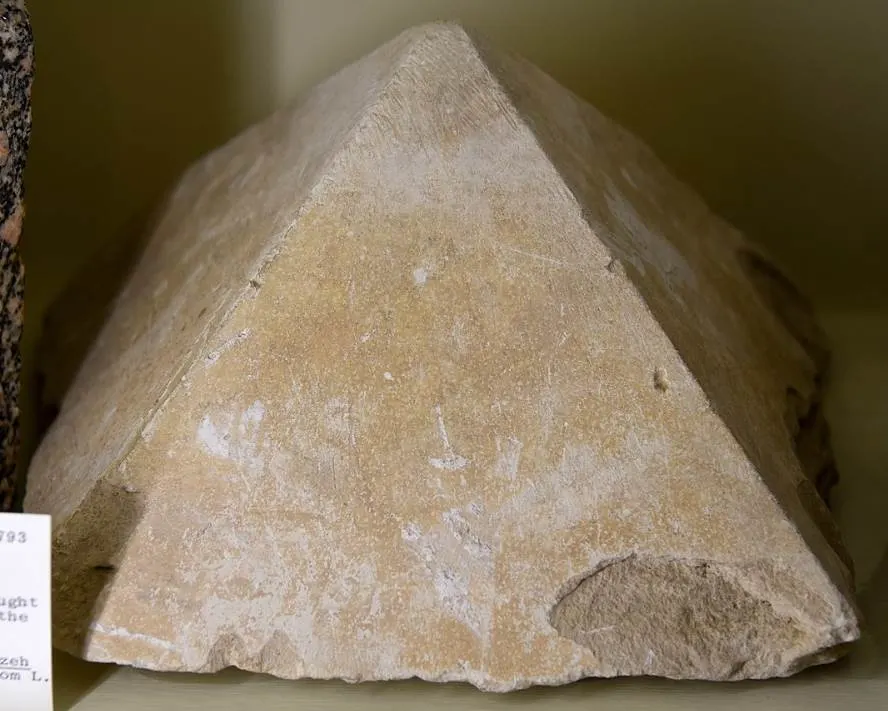When we think about Egyptian pyramids, the first thing that comes to mind is the perfect smooth-sided structures that dominate the desert landscape.
Not all of them have been preserved well. That’s mainly because of the construction method that was used and the fact that their limestone cladding was used elsewhere.
In this article, you’ll discover some of the most interesting facts about the Pyramid of Hawara, an ancient structure that barely resembles a pyramid today.
1. It’s located just southeast of Faiyum in Middle Egypt
The Pyramid of Hawara is the centerpiece of an archaeological site of the same name. It’s located just southeast of the large city of Faiyum.
This city has a population of over 3.8 million inhabitants today and is situated at the entrance of the huge depression called the “Faiyum Oasis.”
This fertile area in the desert covers an area of between 1,270 and 1,700 square kilometers (490 and 656 square miles) and is situated about 100 kilometers (62 miles) southwest of Cairo.
The city has a strategic location and is, therefore, one of the oldest cities in Egypt.

2. The pyramid was constructed in the 19th century B.C.
The pyramid was constructed by one of the most successful Pharaohs of the Middle Kingdom, a man named Amenemhat III.
He was the sixth king of the Twelfth Dynasty and reigned for approximately 45 years in the 19th and 18th centuries B.C.

The exact date when the pyramid was constructed remains a bit obscure but it’s assumed it was completed somewhen during the 19th century B.C.
He was the son of another famous Pharaoh named Senusret III who reigned between 1878 and 1839 B.C. He shared the throne with his father for at least 20 years.
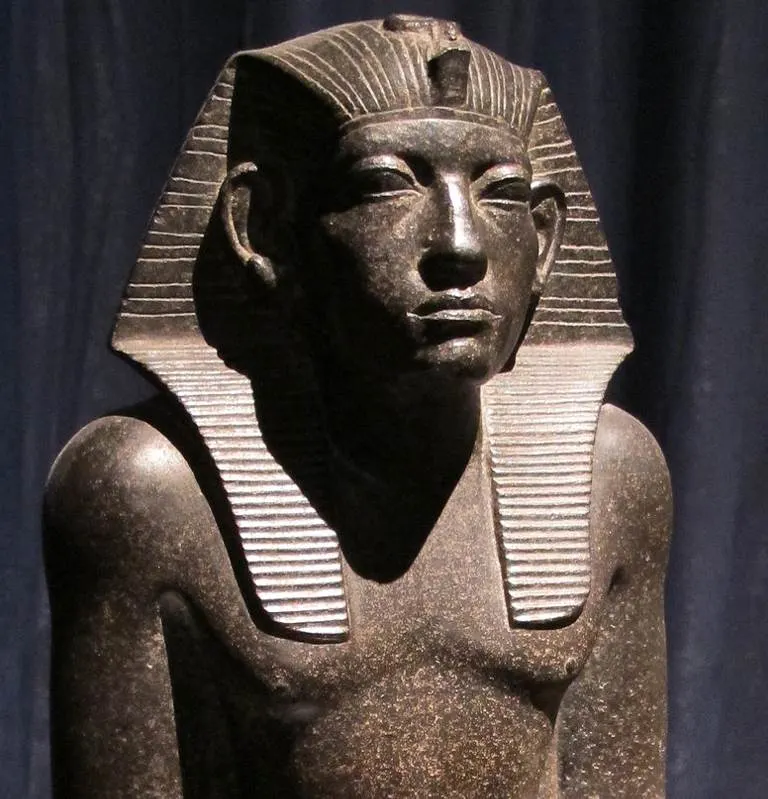
3. It probably post-dates another pyramid constructed by the same pharaoh
One of the most fascinating facts about the Pyramid of Hawara is that it wasn’t the first pyramid that was constructed by Amenemhat III.
Historians generally agree that the so-called Black Pyramid that he constructed at Dahshur pre-dates the one at Hawara.
Dahshur is located just south of Cairo and is an extensive royal necropolis where multiple pyramids were constructed. This includes the iconic Bent Pyramid and the Red Pyramid.
Both mentioned pyramids were constructed by Senfuru, the founder of the Fourth Dynasty who reigned between 2613 to 2589 B.C.
Amenemhat III became the first Pharaoh after Snefuru to build two different major pyramids.
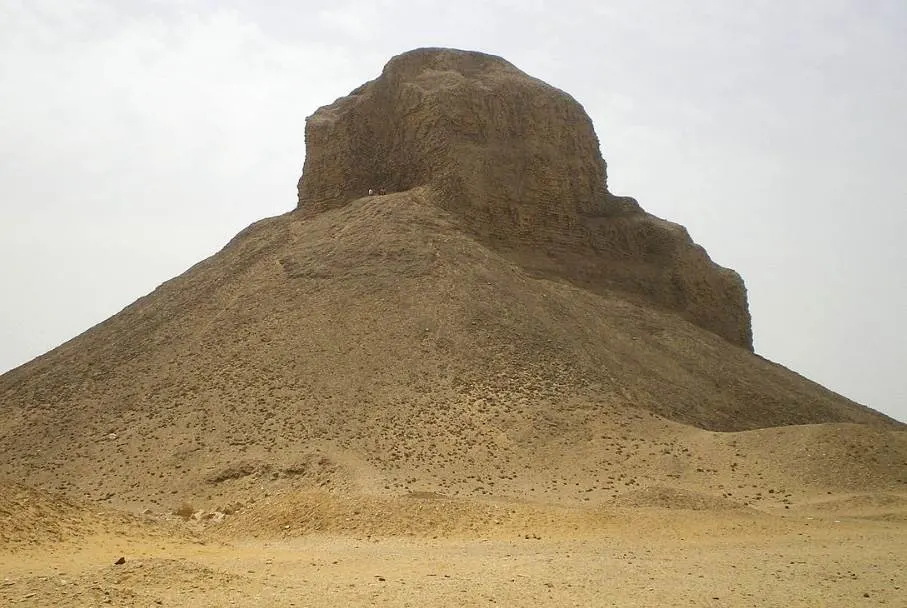
4. Nothing more than a pile of mudbricks remains from the ancient structure
The construction method of many pyramids that were built during the Middle Kingdom was similar and the reason why not much is left of them today.
It consisted of limestone passageways that formed the core of the structure. The mud-brick pyramid was built on top of these and was eventually decorated with limestone cladding.
The limestone cladding was removed by pillagers long after the pyramid was completed. This left the mudbrick structure open to the elements resulting in gradual erosion by wind and sand.
Today, the once smooth-sided pyramid is nothing more than an eroded pile of mudbricks on top of the limestone passageways.
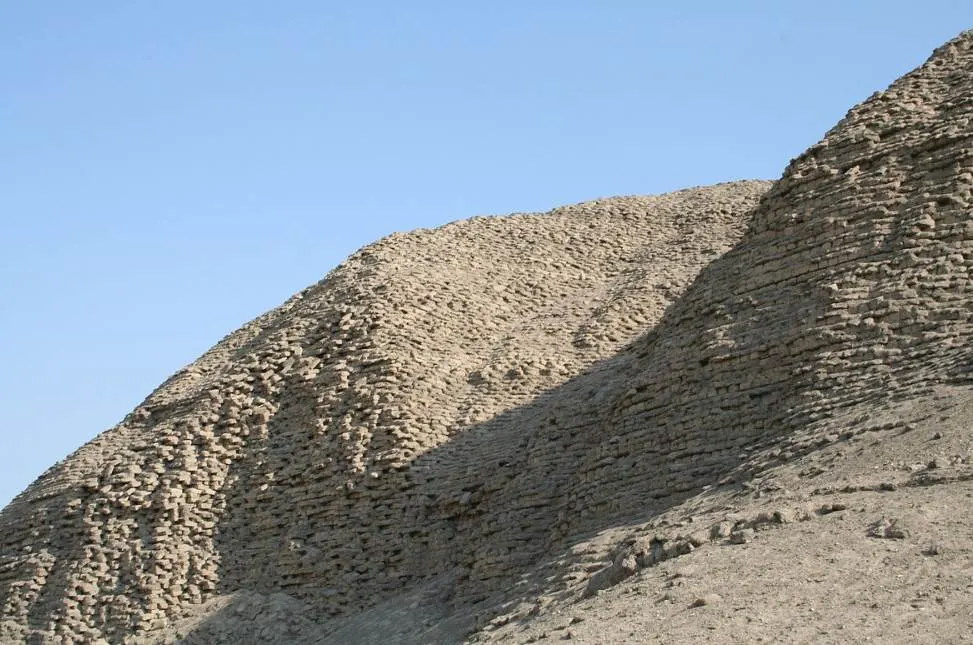
5. The pyramid was once adjoined by a temple referred to as a “labyrinth”
like most other pyramids that were constructed in ancient Egypt, it was joined by an enormous mortuary temple.
The presence of this amazing temple is also a sign that it served as the final resting place of Amenemhat IIIas opposed to his Black Pyramid.
When ancient Greek historian Herodotus (484-425 B.C.) first aid eyes upon this temple he referred to it as a “Labyrinth.”
That’s because it consisted of numerous passageways, galleries, and courtyards, which was more than enough to easily get lost in it.
It’s assumed that this massive temple complex was completely demolished during the reign of Ptolemaic Pharaoh Ptolemy II Philadelphus (309-246 B.C.).
Its materials were used to build various structures in modern-day Faiyum, a city he renamed at the time in honor of his sister-wife Arsinoë II.
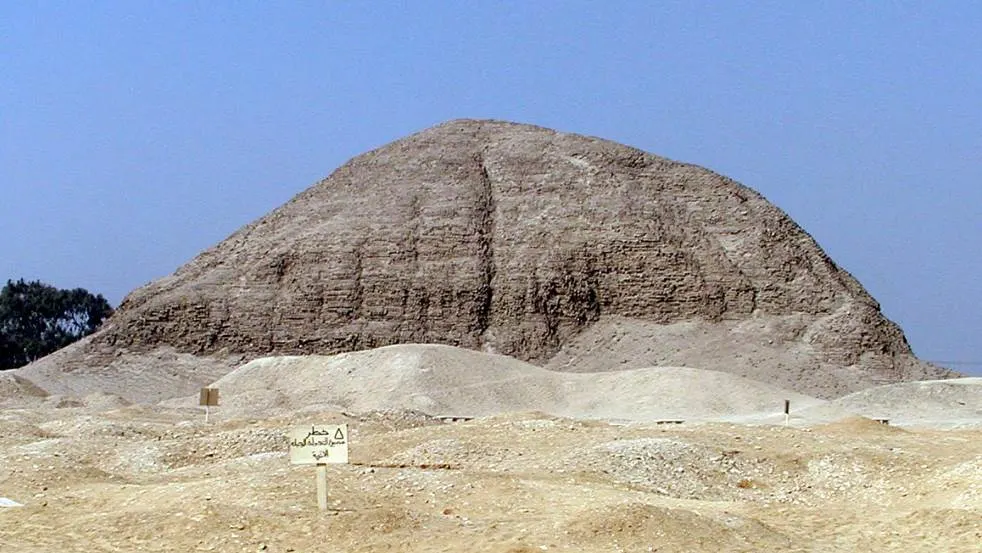
6. The Pyramid of Hawara was protected with several trapdoors
The Ancient Egyptians didn’t possess the modern-day technology to protect the buildings they constructed. They did manage, however, to perfectly protect their monuments using cunning techniques.
After entering the pyramid through the main entrance, several passageways read to several trapdoors, some weighing up to 20 tonnes.
These were concealed in such a way that potential intruders assumed that they lead to the main sanctuary inside the pyramid.
Enough mudbricks and wood were stacked in front of these trapdoors so it would take a long time for robbers to dig towards them, only to be confronted by a dead end.
These fake entrances were so hard to reach that the guardians of the bundling had enough time to figure out that somebody was digging to get inside, pretty clever indeed!
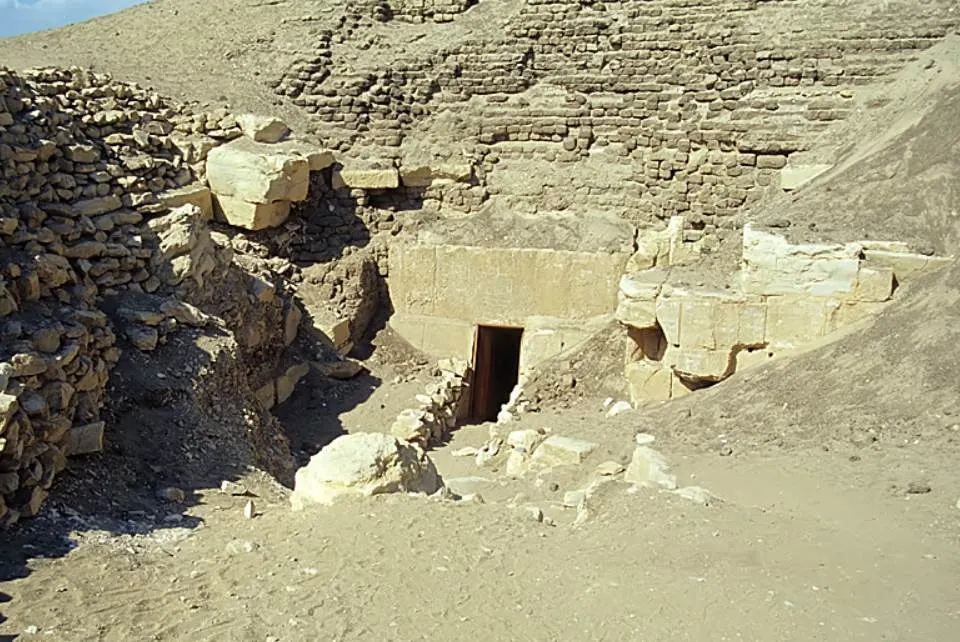
7. 19th-century excavations uncovered 146 painted mummy portraits
The first excavation project at Harawa was led by Prussian Egyptologist Karl Lepsius (1810-1884) in 1843.
The archaeologist who uncovered the pyramid was named Sir William Flinders Petrie (1853-1942), a man who laid the foundation of the Flinders Petrie Collection of Egyptian Antiquities in London.
Petrie discovered a vast necropolis just north of the Pyramid of Hawara which featured 146 Mummy Portraits painted on panels that were attached to coffins.
These portraits date back to Roman Egypt and depict upper-class citizens and once covered the faces of the mummified people.
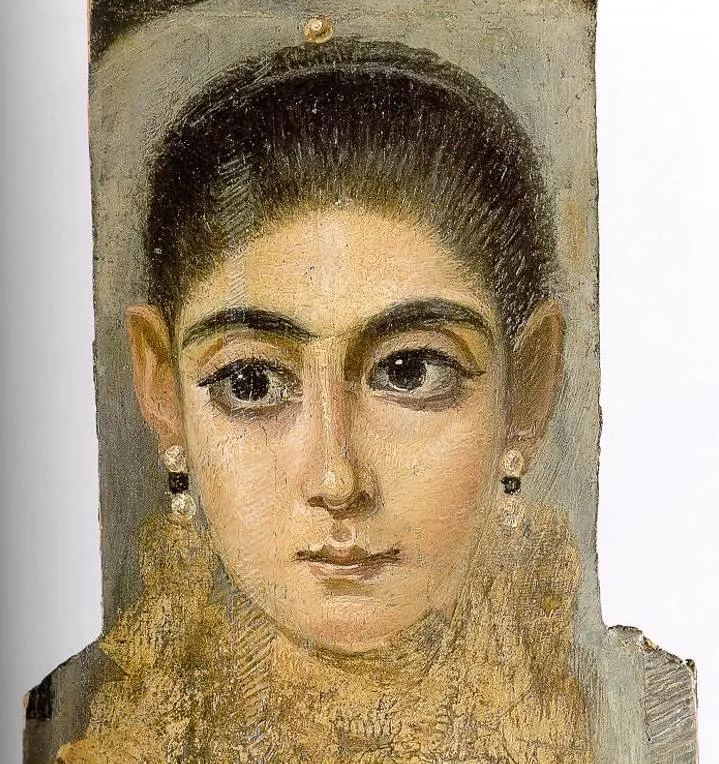
8. Do we know what the pyramid looked like in Ancient Egypt?
So what does this pile of mudbricks at Hawara look like shortly after the pyramid was completed?
Possibly. Sir Flinders Petrie discovered a small limestone pyramid that he assumed to be a model for the Pyramid of Hawara.
Just like the Mummy Portraits, this scale model of the big pyramid is part of the collection of the Petrie Museum of Egyptian Archaeology.
This museum has a collection size of over 80,000 artifacts and is located just northwest of the British Museum in London.
